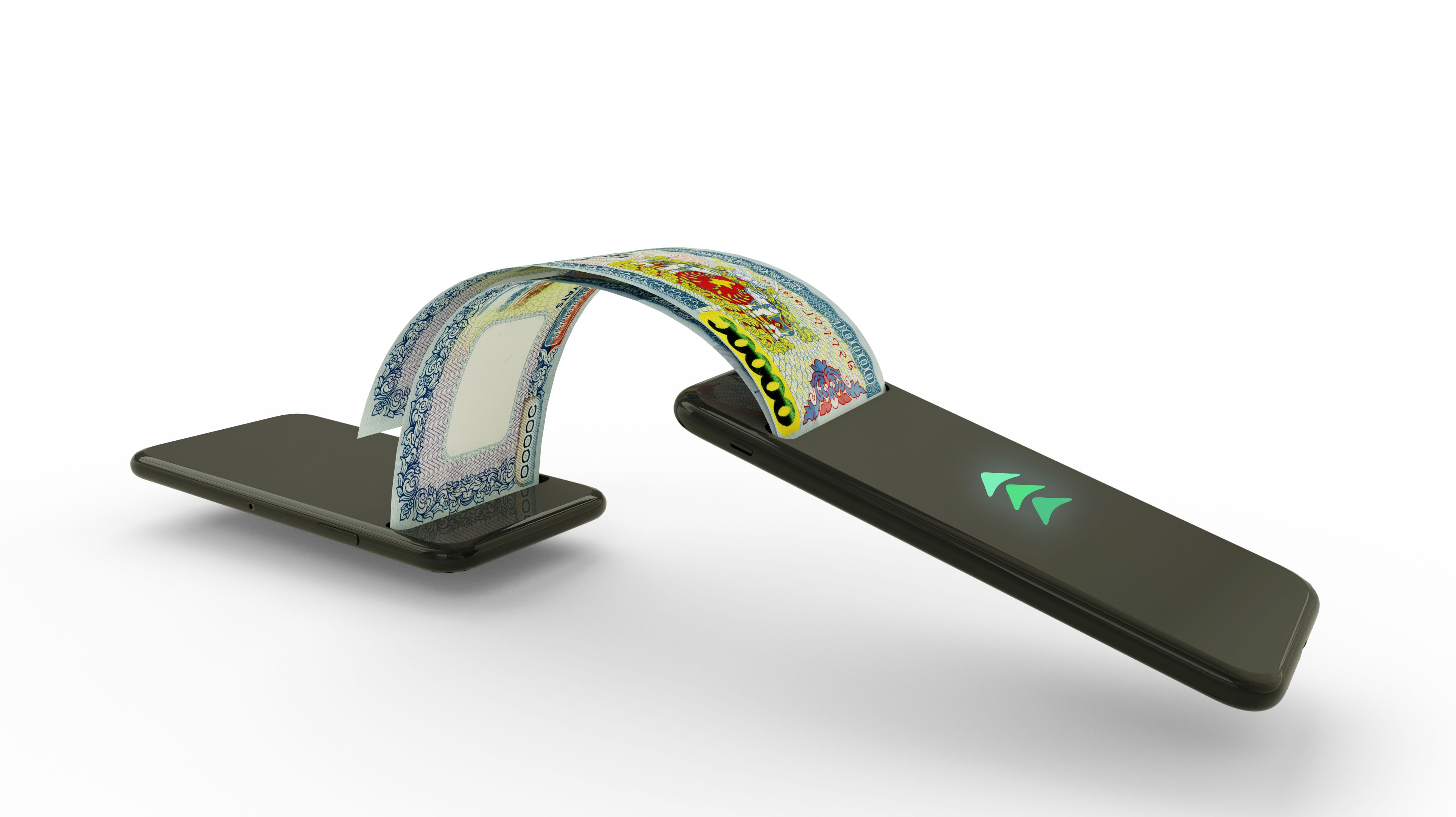Rising Influence: DMMK's Role as a Parallel Currency in Myanmar
Understanding the Rise of DMMK
In recent years, Myanmar has experienced significant economic changes, with one of the most notable being the emergence of the DMMK as a parallel currency. This development has captured the attention of economists and policymakers alike, as it represents both an opportunity and a challenge for the nation's financial system. But what exactly is DMMK, and why is it gaining popularity?

The DMMK, or Digital Myanmar Kyat, is a digital currency that operates alongside Myanmar's traditional currency, the Myanmar Kyat (MMK). Unlike the MMK, which is issued by the Central Bank of Myanmar, the DMMK is decentralized and operates on blockchain technology, offering increased transparency and security. As digital commerce grows worldwide, Myanmar's citizens are embracing this new form of currency for its convenience and potential to bypass traditional banking barriers.
The Economic Impact of DMMK
The introduction of DMMK has had a significant impact on Myanmar's economy. It has facilitated easier transactions, especially in rural areas where access to banks is limited. Moreover, it has allowed local businesses to engage in international trade more efficiently by reducing transaction costs and processing times. As a result, many small and medium enterprises (SMEs) have seen growth opportunities that were previously out of reach.
However, the rise of DMMK is not without its challenges. The lack of regulation poses risks, including potential misuse for illegal activities and increased volatility. The government faces the task of balancing the benefits of this digital currency with the need for oversight to protect consumers and maintain financial stability.
Government Response and Regulation
The Myanmar government is actively working to establish a regulatory framework for the use of digital currencies like DMMK. This involves collaborating with financial experts and international bodies to draft policies that will ensure security and prevent fraudulent activities. By implementing regulations, the government aims to foster a secure environment that encourages innovation while safeguarding the economy.
Despite these efforts, there remains uncertainty among some citizens regarding the legitimacy and safety of using DMMK. Education campaigns are crucial to inform the public about how to securely utilize digital currencies, addressing concerns and building confidence in this evolving financial landscape.
The Future of DMMK in Myanmar
Looking ahead, the role of DMMK in Myanmar's economy is poised to grow. As technology advances and more people gain access to digital devices, the adoption rate of digital currencies is expected to increase. This trend could lead to a more connected and inclusive economy, enabling greater participation from various sectors.
Moreover, with ongoing improvements in infrastructure and regulatory measures, the DMMK could serve as a model for other emerging economies exploring digital currency options. Its success in Myanmar may inspire similar initiatives in neighboring countries seeking economic modernization.

In conclusion, the DMMK is more than just a parallel currency; it represents a significant shift in Myanmar's financial landscape. As it continues to gain influence, it holds the potential to transform how transactions are conducted, driving economic growth and offering new opportunities for businesses and individuals alike.
